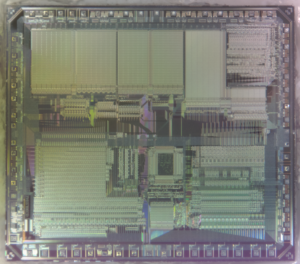Decrypt TMS320F280270PTT Microprocessor Locked Code
TMS320F280270PTT devices use scan-based emulation for code- and hardware-development support. Serial scan interface is provided by Decrypt TMS320F280270PTT Microprocessor Locked Code. Scan-based emulation allows the emulator to control the processor in the system without the use of intrusive cables to the full pinout of the device.
TMS320F280270PTT microprocessor implements a comprehensive instruction set that supports both numeric-intensive signal-processing operations and general-purpose applications by Microcomputer S3P9234 Memory Program Cloning, such as multiprocessing and high-speed control. Source code for the ’C1x and ’C2x DSPs is upwardly compatible with the ’x2xx devices.
For maximum throughput, the next instruction is prefetched while the current one is being executed. Because the same data lines are used to communicate to external data, program, or I/O space, the number of cycles an instruction requires to execute varies, depending upon whether the next data operand fetch is from internal or external memory from Copy MC68HC08BD24 MCU Embedded Program. Highest throughput is achieved by maintaining data memory on chip and using either internal or fast external program memory.
The TMS320F280270PTT instruction set provides four basic memory-addressing modes: direct, indirect, immediate, and register. In direct addressing, the instruction word contains the lower seven bits of the data memory address in the process of Attack Microcontroller MCU Microchip PIC16F84A.
This field is concatenated with the nine bits of the data memory page pointer (DP) to form the 16-bit data memory address. Therefore, in the direct-addressing mode, data memory is paged effectively with a total of 512 pages, each page containing 128 words to facilitate the procedures of Reverse DSP IC Microcontroller Texas Instruments TMS320LF2401AVFA.
Indirect addressing accesses data memory through the auxiliary registers by Extract IC. In this addressing mode, the address of the instruction operand is contained in the currently selected auxiliary register. Eight auxiliary registers (AR0 – AR7) provide flexible and powerful indirect addressing by Decrypt TMS320F280270PTT Microprocessor Locked Code. To select a specific auxiliary register, the auxiliary register pointer (ARP) is loaded with a value from 0 to 7 for AR0 through AR7, respectively.


